Welcome UNC-IE student Kelly Puente! Kelly will be working in the Paerl lab during the Fall 2020 semester conducting exciting research. Stay tuned!

Welcome UNC-IE student Kelly Puente! Kelly will be working in the Paerl lab during the Fall 2020 semester conducting exciting research. Stay tuned!

Good-bye Wei Jin! The Paerl lab has had the pleasure of having visiting Phd Student, Wei Jin, from China for the past two years. We are sad to see you go and wish you the best as you finish your degree back home. Safe travels!



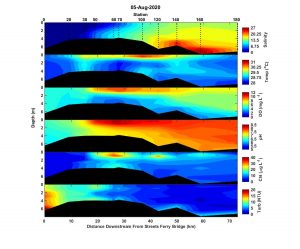
Hi all,
August 5th was a couple days after Hurricane Isaias made landfall and tracked across the Neuse River watershed. On August 5th, stratification was much weaker than two week’s prior. It appears that the major impact of Isaias was wind mixing. Hypoxic/ anoxic bottom waters were not observed. There wasn’t a lot of precipitation associated with Isaias and that’s reflected in the moderate salinity levels and the salt wedge extending upstream all the way to New Bern. There were moderate intensity (chl a ~30 ug/L) subsurface peaks in chlorophyll a at stations 60 and 120.
Since, August 5th the Neuse flow has steadily increased to near flood stages. Part of this may be due to Isaias but most is likely due to a rash of high precip. thunderstorms centered over the upper Neuse basin. We’ll see how the estuary responds to the flow increase during the next sampling.
Stay well,
Nathan
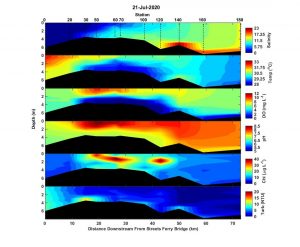
Hi all,
The recent dry conditions have allowed salinity to creep up to New Bern in the bottom waters. The estuary is still highly stratified from New Bern downstream to station 120. True anoxic conditions occurred from New Bern to station 100, just upstream of the bend at Minnesott/ Cherry Branch. Bottom waters in this area smelled strongly of sulfur indicating that there was essentially no oxygen present. Elevated chlorophyll a occurred at the surface at station 50, and as a subsurface chlorophyll maximum downstream to station 120. Microscopic observation of surface water from station 50 indicated the bloom was a mix of small centric diatoms and nanoflagellates. The nanoflagellates were hard to identify but their morphology wasn’t consistent with any types of particular concern, e.g. toxin producing dinoflagellates.
Stay well,
Nathan
Check out the UNC “In Pursuit” article titled “Algal Blooms Pose Possible Respiratory Threat” featuring our own Haley Plaas, PhD student in the Paerl Lab! We are so proud of Haley for coordinating this as the bloom activity in eastern NC begins to heat up and for rocking her first public interview!

PhD student Haley Plaas worked with Chowan-Edenton Environmental Group to sample a recent bloom on the Chowan River. Big thanks to this local community science group!
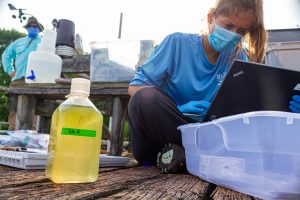
Haley sampling the Chowan River during her fellowship work with @seagrantNC. Notice the coloring of the water sample! (Twitter: @HABhaley)
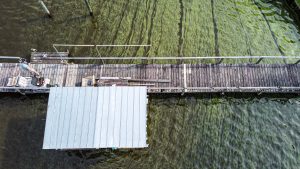
Aerial image of the Chowan River sampling site. I am seeing a lot of green!
Photo credit: Abe Loven
Twitter: @AbeLoven
LinkedIn: www.linkedin.com/in/abe-loven
PhD student Malcolm Barnard was sampling a bloom on the Chowan River this morning. Check out his photos as well as the latest LANDSAT image of the bloom.

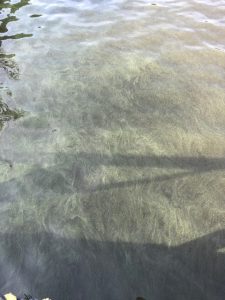
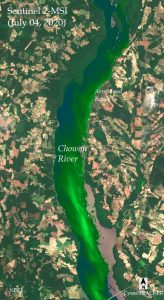
Photo credit: CyanoTRACKER
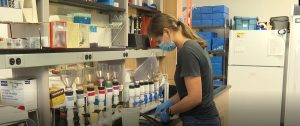
Take a few minutes to watch, PhD student Haley Plaas (ESE) totally nailed her first tv interview!

Dr. Paerl and PhD student Malcolm Barnard have collaborated on a paper that was published in Harmful Algae! Click the link to read their paper.
© 2024 The Paerl Lab
Theme by Anders Noren — Up ↑